Recently, there have been many opinions reflecting the imbalance between the land price list and the financial capacity of the people. A typical example is the story of Mr. Dinh Cong Phuong's family in Ba Vi commune, Hanoi city, when allowed to convert more than 210m² of perennial land to rural residential land, they had to pay nearly 900 million VND in land use fees, equivalent to more than 4.3 million VND/m² according to the new land price list.
Or Mr. Tran Duy Dong's family in Nghe An province was also shocked when they had to pay 4.5 billion VND to convert 300m² of garden land into residential land, equivalent to a conversion rate of nearly 15 million VND/m²... These are numbers that exceed the financial capacity of rural and mountainous households...
The above cases are not isolated. It is an inevitable consequence when the land price list is not built on the foundation of accessibility for the majority of people but only follows market developments. The "leveling" of financial obligations between the rich and the poor, between urban and rural areas is making land policy, which is a fair regulatory tool, a burden for the majority of people, especially people in difficult circumstances...
According to Deputy Director of the Department of Land Management ( Ministry of Agriculture and Environment ) Mai Van Phan, the abolition of the land price framework is a step forward, but if the new price list does not closely follow reality, the policy will lose its social effectiveness. In particular, when the 2024 Land Law, effective from January 1, 2026, requires each locality to issue a new land price list with a valuation database for each plot of land, with extensive consultation with the people and regularly updated.
The Ministry of Agriculture and Environment has recommended that the Ministry of Finance and localities urgently update market prices, build a land price database, collect public opinions and have a suitable adjustment roadmap. The Ministry's consistent viewpoint is: Land prices must be consistent with reality, accurately reflecting the socio-economic development conditions of each region and each population group, and cannot be applied mechanically or absolutely to market prices.
In response to feedback from the grassroots, the Ministry of Finance has drafted a draft amendment to Decree No. 103/2024/ND-CP of the Government on land use fees and land rents, focusing on amending and supplementing a number of articles related to land use fees, land rents and land development funds, in the direction of narrowing down the cases where specific land prices must be determined, and loosening financial obligations for people in some transitional situations. Specifically, in the case of changing the land use purpose from garden land, ponds attached to houses, the Ministry of Finance proposes that people only need to pay 50% of the difference between the price of residential land and agricultural land, instead of 100% as at present.
It is time to recognize that land price lists cannot be just a technical "price list" to collect budget revenue, but must be a tool to support development, ensure social justice and protect the legitimate rights of the people. Therefore, localities need to be cautious and responsible in the process of building new land price lists in the direction of clear zoning, thorough consultation with the people, specific socio-economic impact assessment and avoid abusing the reference to market prices...
Untangling the land price list is not just about amending the law or changing the way prices are calculated, but is also a process of creating a policy system that is both fair and feasible, placing people at the center of development. The land price list needs to become a bridge for people to access land policies legally, not a barrier to livelihoods and sustainable development.
Source: https://hanoimoi.vn/go-nut-that-bang-gia-dat-708346.html



![[Photo] Politburo works with the Standing Committees of Vinh Long and Thai Nguyen Provincial Party Committees](https://vphoto.vietnam.vn/thumb/1200x675/vietnam/resource/IMAGE/2025/9/8/4f046c454726499e830b662497ea1893)




![[Photo] Politburo works with the Standing Committees of Dong Thap and Quang Tri Provincial Party Committees](https://vphoto.vietnam.vn/thumb/1200x675/vietnam/resource/IMAGE/2025/9/8/3e1c690a190746faa2d4651ac6ddd01a)
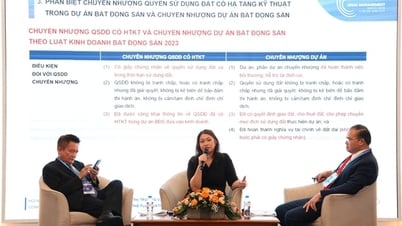

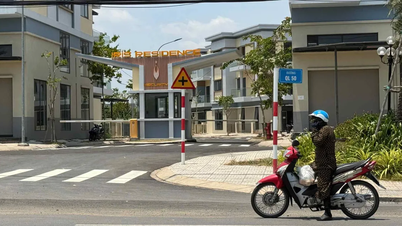


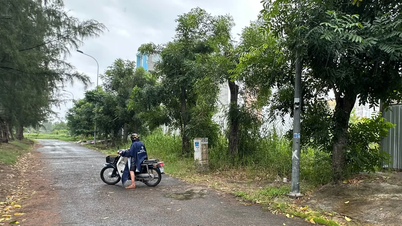
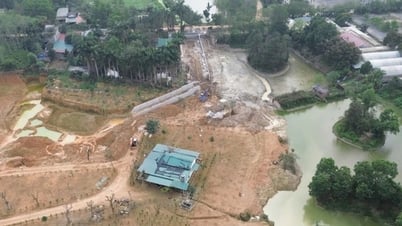
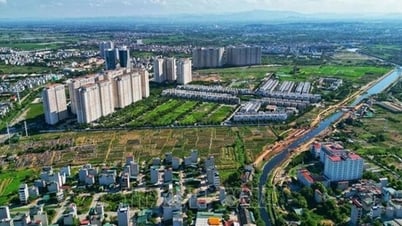
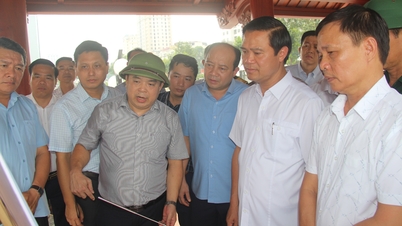





















![[Photo] Amazing total lunar eclipse in many places around the world](https://vphoto.vietnam.vn/thumb/1200x675/vietnam/resource/IMAGE/2025/9/8/7f695f794f1849639ff82b64909a6e3d)
































































Comment (0)